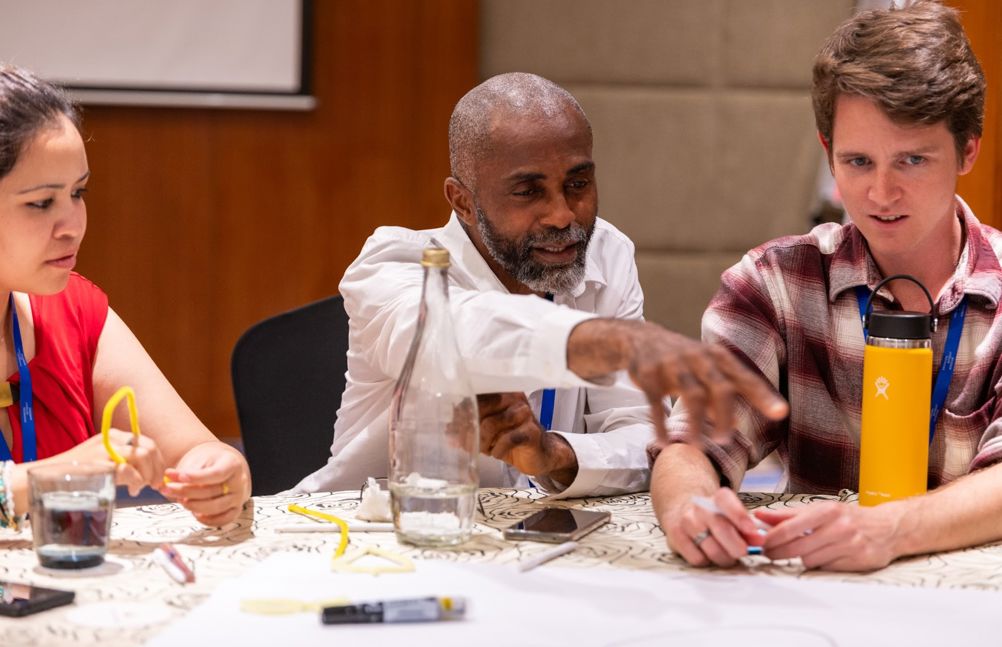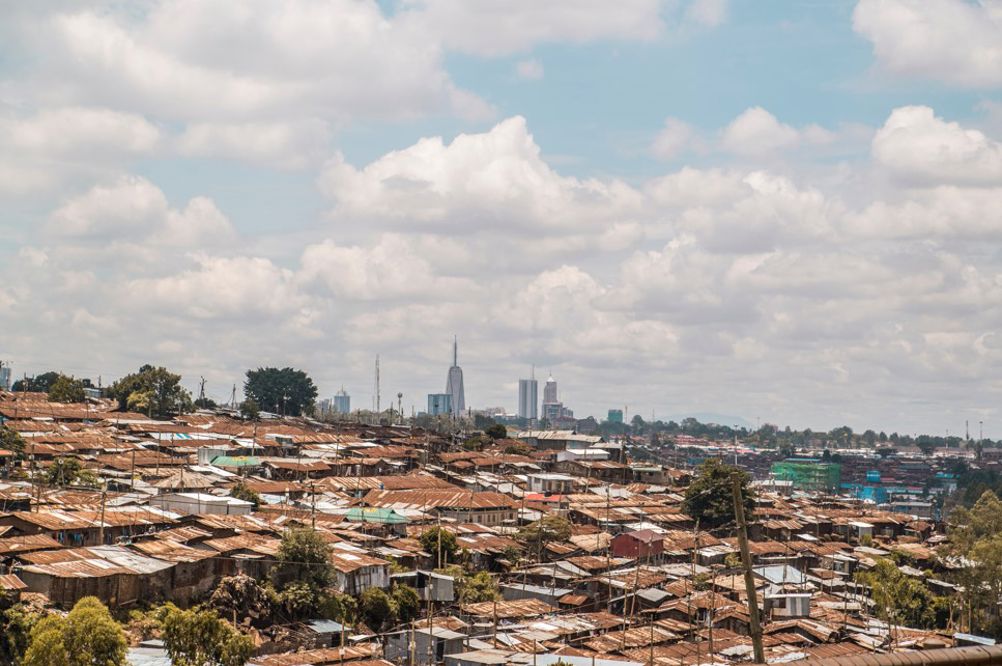The engineering community likes to point out that few other professions can have as profound and direct an impact on changing the world. Whilst true, the day-to-day reality of many engineers may not always tally with that sentiment, with a significant part of the workforce inevitably spending most of their careers largely confined to a desk.
One workplace that delivers on the hard-hat archetype is Engineers Without Borders (EWB), a global collective of non-governmental organisations (NGOs) with a focus on international development and education. Loosely modelled after Médecins Sans Frontières (MSF/Doctors Without Borders), EWB has evolved since the early 1980s into a network of more than 40 national chapters, covering virtually every corner of the globe. In 2004, Engineers Without Borders International (EWB-I) was founded to help foster collaboration and information sharing among the member groups.
“It’s all about how do we use engineering skills and expertise to support people, and predominantly, you know, the most vulnerable people and communities around the world,” EWB-I executive director Katie Cresswell-Maynard told The Engineer.
EWB’s mission is centred on assisting communities in developing countries, with most on-the-ground work taking place across Africa, Asia and South America. According to Cresswell-Maynard, there is a strong focus on partnering with local organisations to understand specific community needs.
“Access to clean water, improved sanitation, reliable clean energy resources,” she said. “There’s a good healthy dose of infrastructure, so roads, bridges, school buildings, community centres, healthcare facilities.
“We also do a lot of work in engineering education all over the world in terms of better preparing engineers for the future we are all facing, in terms of the climate crisis and resource depletion.”
EWB began life in France - as Ingénieurs sans frontières (ISF) - in 1982. Over the next two decades, chapters popped up in Europe and North America. EWB-I was established in 2004, precipitating something of a global expansion over the next 20 years.
“Today, there’s at least 40 (national organisations) in a real geographic spread. You know, African Engineers Without Borders organisations, South American, Asian, North American, European, etc.”
As executive director of EWB International, Cresswell-Maynard’s role is to help coordinate across these different local chapters.
“EWB International is now on a bit of a mission to try to unlock the potential of all of these brilliant organisations,” she said. “We’re sort of at the beginning point in the journey in terms of bringing that network together.”

Having worked her way up through the EWB structures, Cresswell-Maynard knows what it’s like at the coalface. She first got involved with the UK branch while at university.
“I was falling out of love with engineering,” she explained. “I came across Engineers Without Borders and suddenly was reinspired by what we can do with the skills and expertise we are learning. And it’s kept me involved ever since.”
Her time at EWB UK saw her visit Kibera in Nairobi - one of Africa’s largest slums. Working alongside a local partner organisation, Cresswell-Maynard and colleagues helped tackle flooding and sanitation issues in the low-lying neighbourhood, mitigating waste from wealthier neighbourhoods upstream on the Nairobi River that would wash up in Kibera.
“When floods happen, most of the vulnerable households are close to the river,” said Cresswell-Maynard. “They become flooded, exacerbated by the waste issue in the area.
“Part of the work that we were supporting with the partner organisation was like, how do you mitigate? How do you better prepare people and how to mitigate for that in the future?”
Early volunteering led to a full-time position, with Cresswell-Maynard going on to become chief executive of EWB UK in 2017. A few years later, the opportunity with EWB-I came along and she moved to the US to take up the role, before recently returning to the UK with her young family.
Much of EWB’s funding comes from the US, and one key function of EWB-I has been to help distribute it. Cresswell-Maynard also wants to see much more collaboration throughout the network, tapping into synergies across the various national chapters. She says it’s a challenge that’s been faced by many other international organisations who have sought to align activity across different countries.
“So MSF has been through a similar thing a couple of decades ago. Greenpeace, Amnesty, International, CARE International,” said Cresswell-Maynard. “We have the benefit of looking at their journeys for lessons learned. But at the same time, every journey is unique.”
On the ground, engineering challenges are also evolving. Rebuilding and repairing has long been the central plank of EWB. Naturally, this remains a key part of the remit, particularly when responding to crises. However, increasingly the organisation is looking to be proactive in its activities, helping communities build resilience to the extreme weather the climate crisis is driving.
“How do you build resilience, particularly in a world where we’re facing the increased risks of flooding, extreme weather events etc, with the climate crisis?” said Cresswell-Maynard.
“Vulnerable people are living on marginal land. Often it’s contested who owns that land, so there are few incentives for anyone to improve quality of life in those situations.”

Working in informal settlements such as Kibera in Nairobi further complicates things. On top of contested land rights, cities can have development plans in place that depend on clearing these neighbourhoods to make way for shinier things. Permitting improvements in infrastructure and quality of life can often run counter to the interests of local officials.
“It’s not just the kind of physical infrastructure, but the whole network of organisations, rules and regulations around it just means that there’s these incredibly complex situations that people are trying to live in,” said Cresswell-Maynard.
“Yet when you go and see the impact of a bit of engineering and see what a difference it can make to people’s lives…it’s really worthwhile.”
In many ways, EWB really is the Platonic ideal of engineering, the embodiment of the good that the sector can deliver, sharing technology and expertise to improve people’s living conditions. And at the very least, it can help get you away from your desk.
“A lot of people imagine you’re sat behind your desk in an office…day in day out,” said Cresswell-Maynard. “Actually, with those skills and expertise, you can do so much more and get a real sense of the amazing impact you can have on people’s lives.”









Fusion inches closer as ITER completes magnet system
I believe the purpose of ITER isn't to make usable power, it is a research project which will be used to design the first generation of actual...